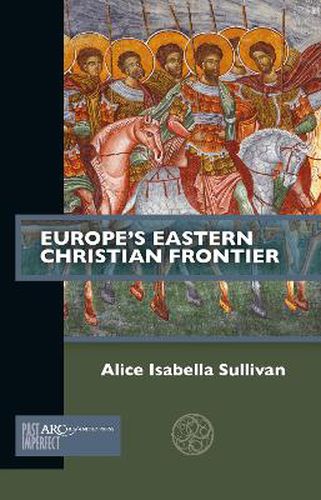Readings Newsletter
Become a Readings Member to make your shopping experience even easier.
Sign in or sign up for free!
You’re not far away from qualifying for FREE standard shipping within Australia
You’ve qualified for FREE standard shipping within Australia
The cart is loading…






Within the shifting political landscapes of Eastern Europe during the late Middle Ages, the principality of Moldavia (extending over today's northeastern third of Romania and the Republic of Moldova) emerged as an eastern Christian frontier-indeed, a bastion, a "gate of Christianity"-in the face of the advancing Ottoman armies and Tatar forces. Moldavia's leaders-among them Peter I Mu?at, Alexander I, and Stephen III-established political, military, and economic contacts in efforts to strengthen and protect their domain, and, by extension, the rest of Europe. After the fall of Constantinople in 1453, Moldavia under Stephen III also refashioned Byzantine traditions in a new context, thereby preserving and transforming the legacies of the former Byzantine Empire to the north of the Danube River. This book argues for Moldavia's central role in the political, military, economic, and cultural spheres of Eastern Europe from the second half of the fourteenth century to the turn of the sixteenth century.
$9.00 standard shipping within Australia
FREE standard shipping within Australia for orders over $100.00
Express & International shipping calculated at checkout
Within the shifting political landscapes of Eastern Europe during the late Middle Ages, the principality of Moldavia (extending over today's northeastern third of Romania and the Republic of Moldova) emerged as an eastern Christian frontier-indeed, a bastion, a "gate of Christianity"-in the face of the advancing Ottoman armies and Tatar forces. Moldavia's leaders-among them Peter I Mu?at, Alexander I, and Stephen III-established political, military, and economic contacts in efforts to strengthen and protect their domain, and, by extension, the rest of Europe. After the fall of Constantinople in 1453, Moldavia under Stephen III also refashioned Byzantine traditions in a new context, thereby preserving and transforming the legacies of the former Byzantine Empire to the north of the Danube River. This book argues for Moldavia's central role in the political, military, economic, and cultural spheres of Eastern Europe from the second half of the fourteenth century to the turn of the sixteenth century.